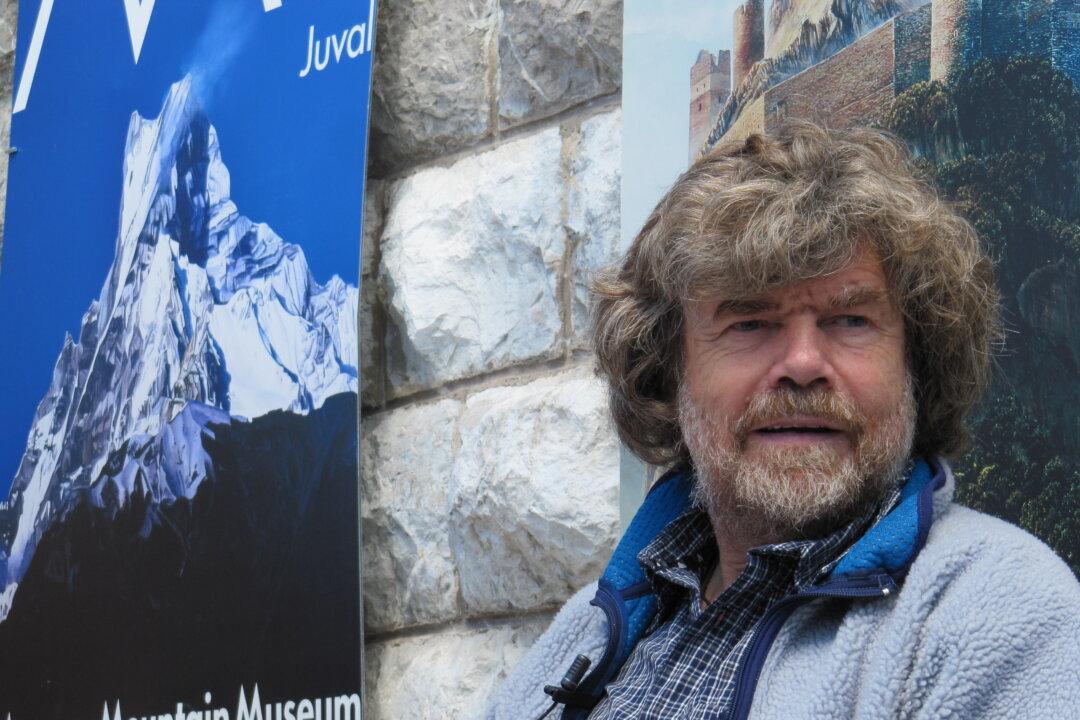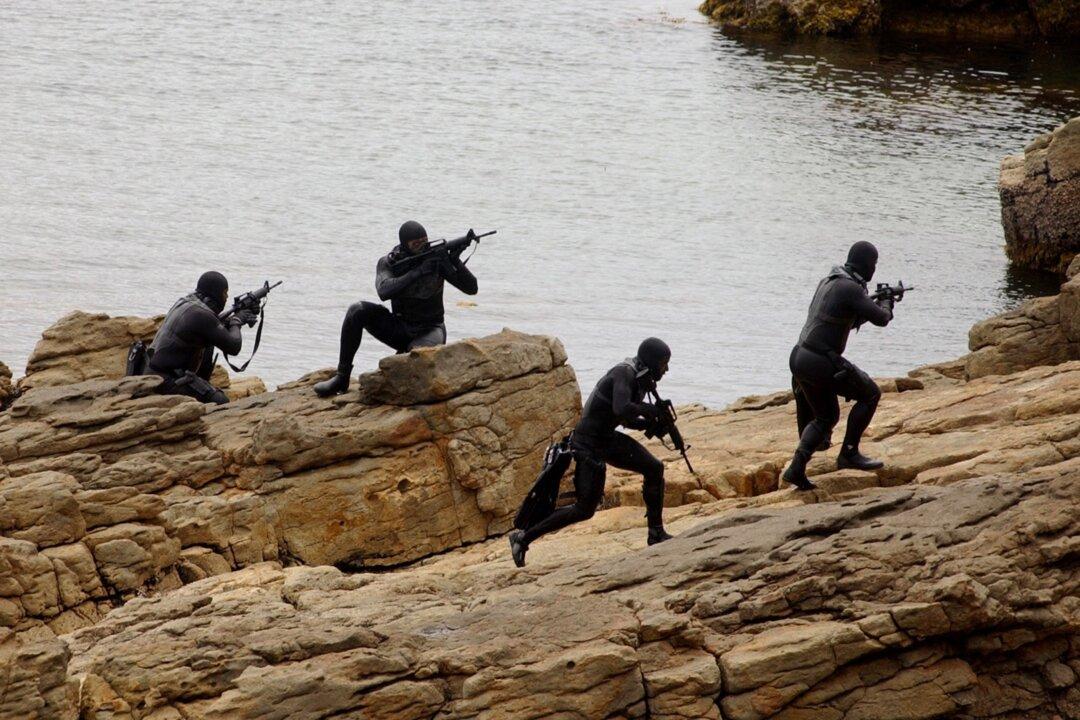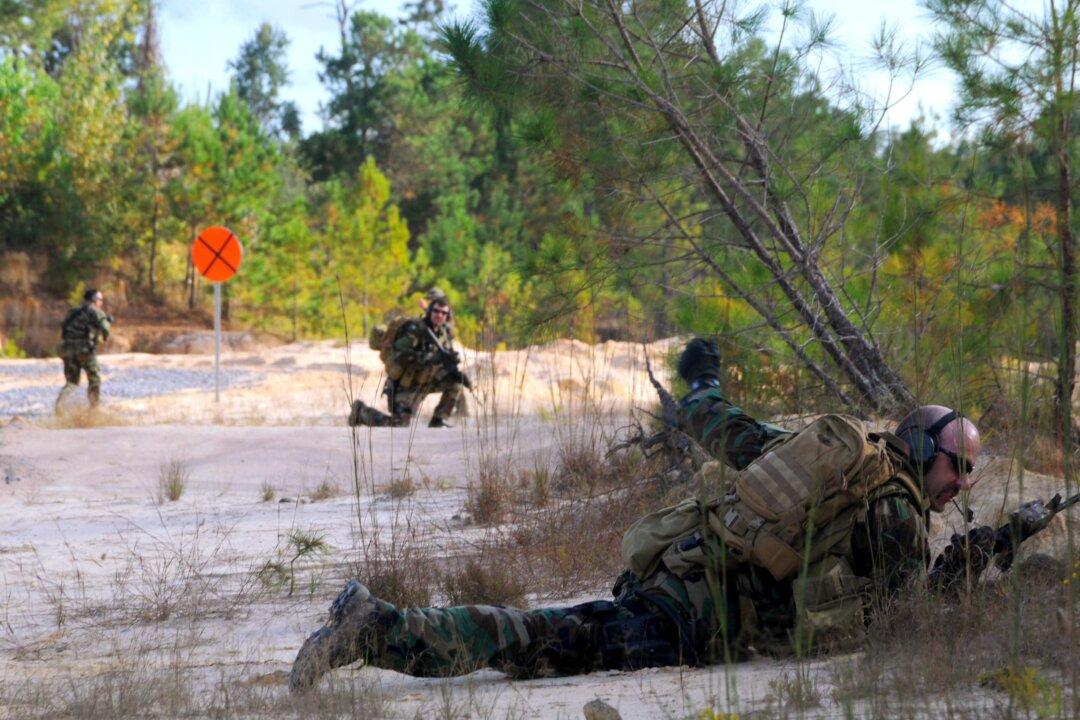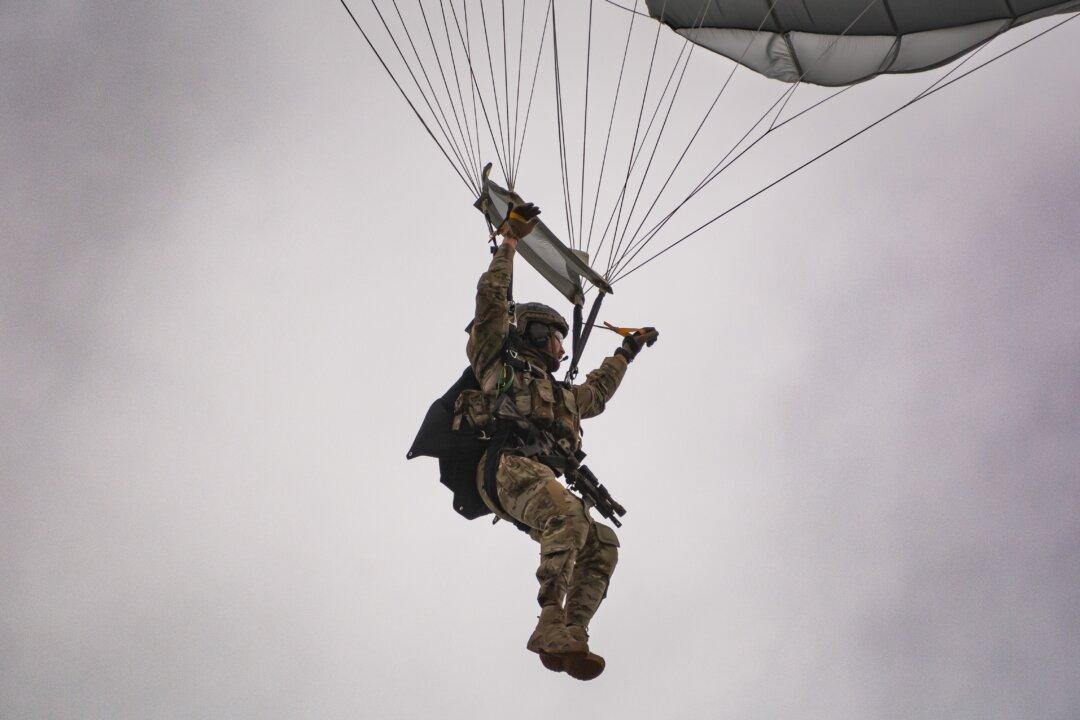REINHOLD MESSNER—Mountaineer
When it comes to high-altitude mountaineering, no one has been able to push himself further or to greater heights than Italian climber Reinhold Messner. Born and raised in the South Tyrol region of Italy back in 1944, Messner cut his teeth climbing in the Alps and the Dolomites at a very young age. What he learned there would not only allow him to go on to make history on the most demanding peaks on the planet, but also completely shift what we thought was possible in the mountains.

I first learned about Reinhold Messner while sitting in a dentist office at the Naval Regional Medical Center in Rhode Island. While there, I causally picked up an issue of Sports Illustrated and started thumbing through the articles. As I turned the pages, I came across a story about Messner, who the author called “the greatest mountaineer in history.” Up until that point, I had never heard of him, but later I would come to learn as much as I could about this enigmatic man, and he has inspired me every day since.
While reading the SI story I learned that in June of 1970 Reinhold Messner set out on his very first Himalayan expedition. But instead of proceeding in the usual “expedition style” using oxen, fixed ropes, and Sherpa guides, he decided to assault the world’s highest mountains in what is called “alpine style.” This meant he would be carrying everything he needed on his back and would do all of the work himself, a feat completely unheard of at the time. This mean, he would make his ascent without the use of Sherpa support or guides and in a lighter, faster fashion. He wanted to climb in what he called “the fairest means possible,” meaning he wouldn’t take any shortcuts or use outside assistance along the way.
And if that wasn’t challenging enough, his goal was to be the first man to summit the highest sheer rock face in the world—the 15,000-foot ice-covered Rupal Face on Nanga Parbat. The Italian’s plan was to make the first complete traverse of the mountain too, climbing to the summit along this impossibly difficult route, then descending along the Diamir Face, which at that time was virtually unexplored. It was a bold plan to say the least and most other professional mountaineers thought he was delusional.
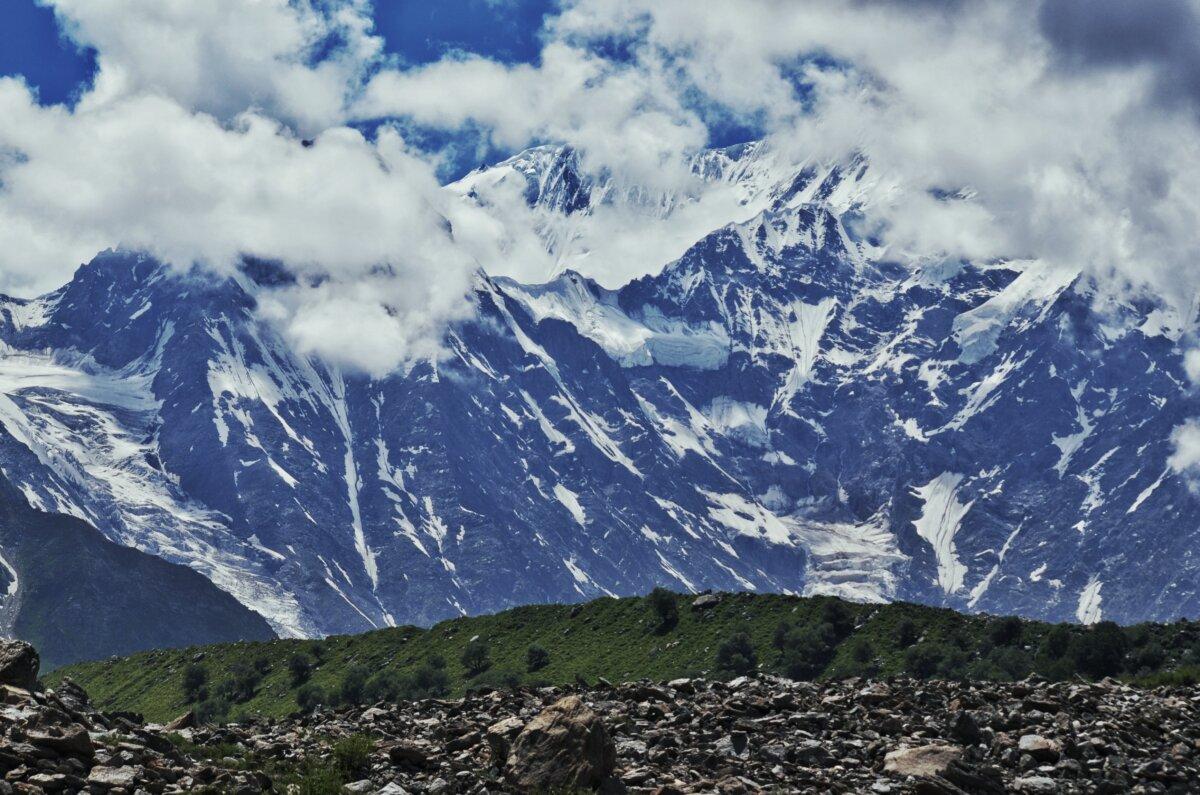
Messner ended up proving them all wrong however, accomplishing everything he set out to do and more. But in doing so, he ended up paying a heavy price—losing his brother in an avalanche on the descent and suffering severe frostbite in his feet that ending up claim seven of his toes.
Prior to his Himalayan debut on Nanga Parbat, Messner had earned a reputation as an amazing climber in the Alps, making more than five hundred ascents throughout his younger years. It was there that he honed his skills and learned to push his boundaries, testing the limits of his physical and mental toughness. Those were things that would serve him well on later expeditions, where his already-impressive skills and endurance would be tested to their limits.
Eight years after his dramatic ascent of Nanga Parbat, Messner would make history in a completely new way. With just three toes remaining, he and his teammate Peter Habeler would become the first climbers to summit Mt. Everest without the use of oxygen tanks. Up until that point, nearly everyone thought that such a feat was impossible due to the severe lack of oxygen at such high altitudes.
Climbing anywhere above 26,000 feet is considered “the death zone” because the humans body begins to shut down and consume itself in the extremely thin air. All prior expeditions to such heights required climbers to wear oxygen masks and heavy tanks. But Messner and Habeler were able to prove that man could exist at such altitudes for a short time and return back down the mountain safely.
The ascent was a difficult one for the two men who struggled with every step. On more than one occasion, as they approached the summit, the duo collapsed to the ground, struggling to continue as their bodies tried to desperately take in air. But they continued upward nonetheless, putting one foot in front of the other, despite every fiber in their being begging them to stop, turn around, and head down. In the end, they were successful however, and the mountaineering world was changed forever.
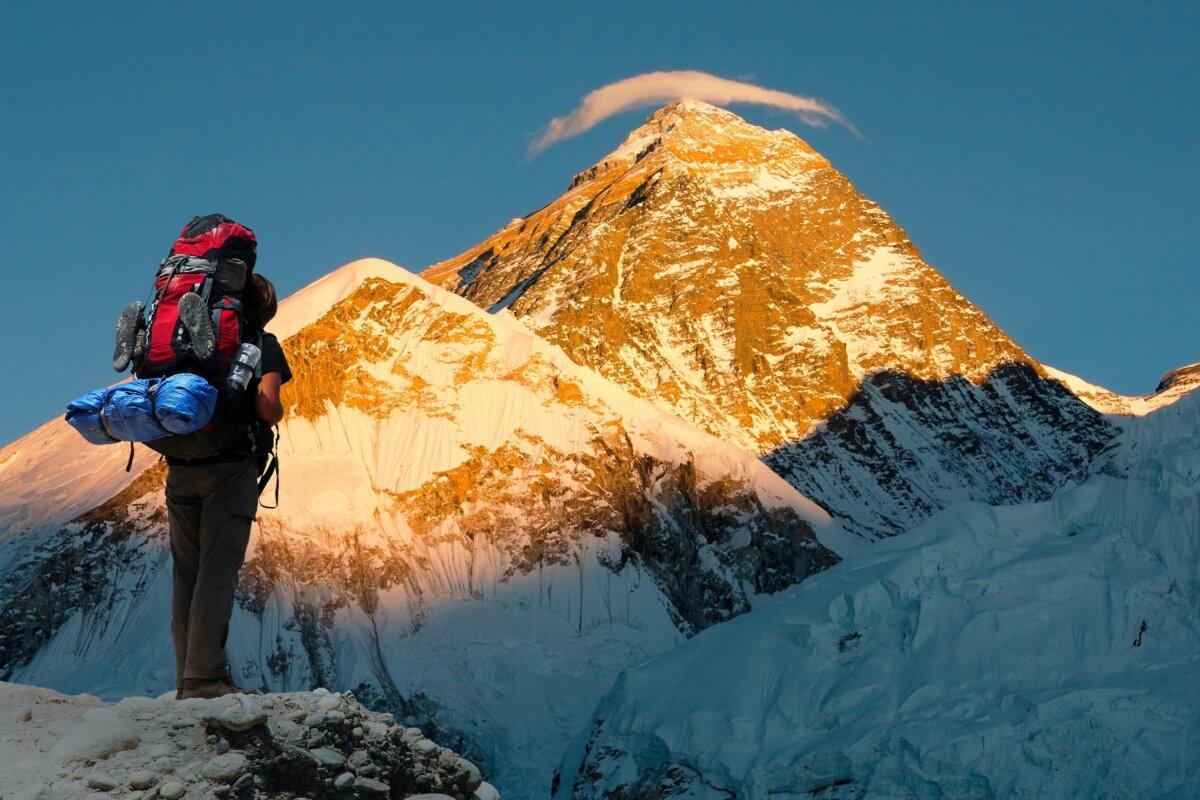
Two years later, Messner would make history on Everest once again when he made the first solo ascent of that mountain. That meant that he climbed completely alone, without Sherpa support or even teammates to provide assistance. Once again, he didn’t use bottled oxygen, which added yet another element to this remarkable feat. He even arrived on the mountain fully acclimatized and ready to climb, making the ascent in just four days. Typically an Everest expedition requires more than a month to complete.
It is nearly impossible to express just how difficult a solo summit of Everest truly is, particularly back in 1980—well before commercial expedition companies opened the mountain to many more people. Messner’s expedition stands as perhaps the greatest feat in mountaineering history, but for the Italian climber it was just the next goal he had set for himself.
But Messner wasn’t finished leaving his mark on mountaineering just yet. Having conquered Everest and Nanga Parbat, along with several other major peaks, he decided to set yet another goal for himself. He wanted to become the first person to climb all of the world’s 8,000-meter peaks. In total, there are fourteen such mountains, and at that point in history no one had even come close to summiting all of them.
In 1986, Messner became the first person to accomplish that goal, knocking off most of the remaining mountains in alpine style and without the use of supplemental oxygen. That same year he would also complete a modified version of the Seven Summits, during which he climbed the highest mountain on each of the seven continents.
There is no denying Meener’s impact on mountaineering. He set the gold standard for all other climbers that have followed, while also proving that human beings could do things that no one had ever imagined before. In redefining our expectations, he continued to set the bar higher not only for every other climber on the planet, but for himself too. It was no longer enough to just go out and lay siege to a mountain, overcoming it with brute force. Messner introduced a more subtle, elegant approach to climbing, one where man and nature were on more equal terms and expeditions were undertaken in the purest style imaginable.
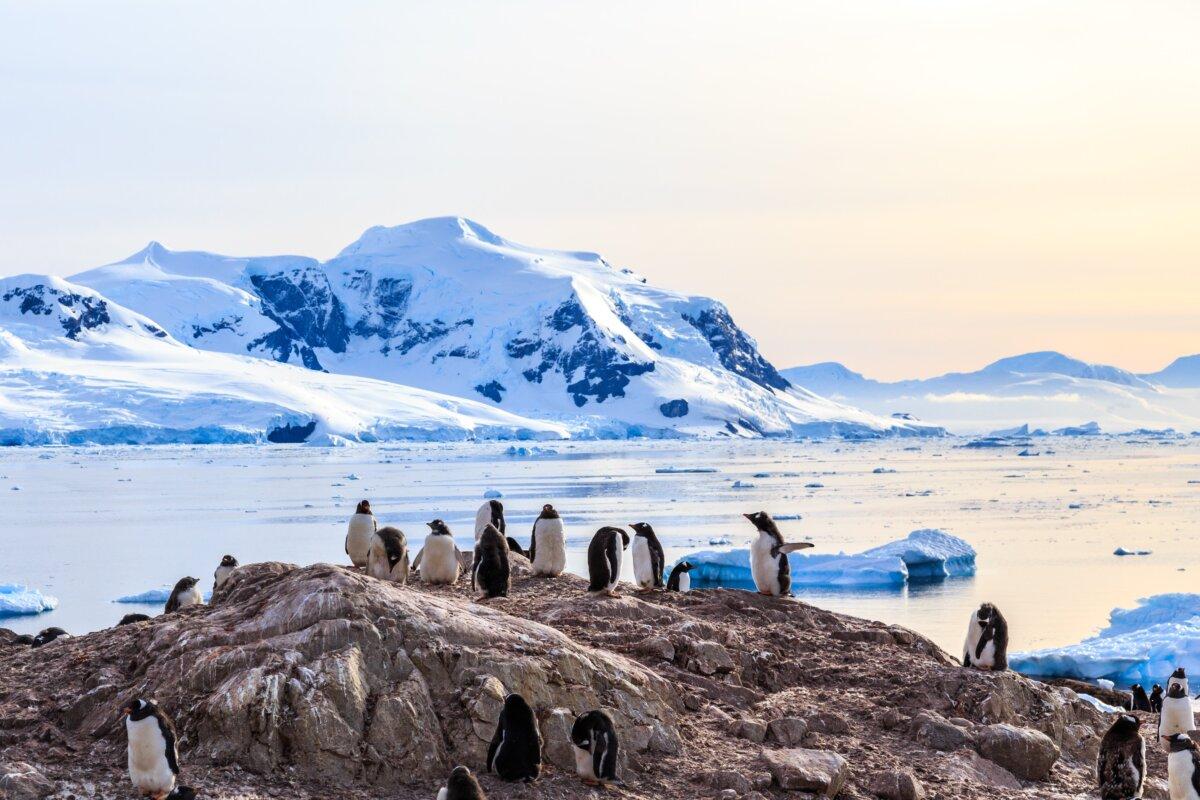
Messner is an individual who continually looked for new challenges; he didn’t just find them in the mountains. Throughout his illustrious career he also become the first person to cross Antarctica and Greenland without using a motorized vehicle or a dogsled. He also managed to trek the length of the Gobi Desert completely on his own as well, once again finding solace and inspiration in the most remote corners of the planet.
Reading about Messner’s exploits I was completely fascinated and inspired. The Italian is practically the human embodiment of the type of heroic individual I wanted to become—one who didn’t accept limitations and redefined the word “courage.” Someone who set goals most experts considered unreachable, and then went on to crush them. Over and over again he defied expectations, finding ways to dig deep within himself to accomplish great things on a continual basis.
Messner is pretty much the living example of what it means to push beyond boundaries. In his pursuit of mountaineering greatness he learned to ignore pain and suffering in order to achieve the objectives that he set for himself. Climbing the world’s toughest peaks without using oxygen was something that no one thought was possible, but he willed himself to the summit of Everest nonetheless, his lungs burning and legs aching the entire way. In doing so, he completed a paradigm shift that reverberated across the mountaineering community and continues to inspire climbers to this day.
When looking over Messner’s list of accomplishments it is nearly impossible not to be impressed. His achievements are unmatched in the mountaineering world and there will likely never be another climber of his caliber. It was his exploits on the highest peaks in the world that inspired me to start climbing as well, eventually leading to my own attempt on Everest. His mental toughness and physical endurance are practically unmatched, making him a role model to an entire generation of mountaineers who followed him, myself included.
(To be continued...)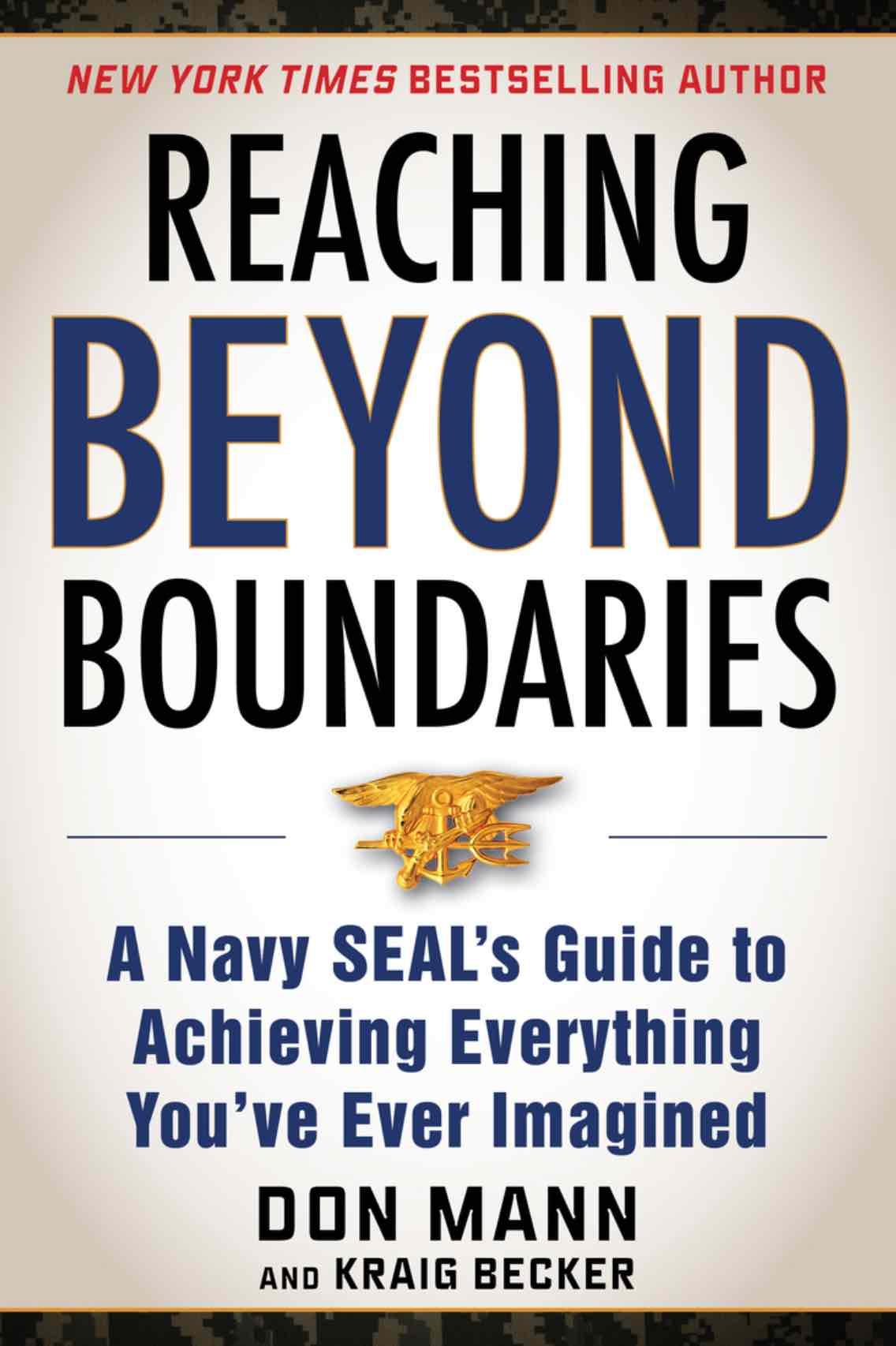 This excerpt is taken from “Reaching Beyond Boundaries: A Navy SEAL’s Guide to Achieving Everything You’ve Ever Imagined” by Don Mann and Kraig Becker.
To read other articles of this book, click here.
To buy this book, click here.
This excerpt is taken from “Reaching Beyond Boundaries: A Navy SEAL’s Guide to Achieving Everything You’ve Ever Imagined” by Don Mann and Kraig Becker.
To read other articles of this book, click here.
To buy this book, click here.
The Epoch Times copyright © 2023. The views and opinions expressed are those of the authors. They are meant for general informational purposes only and should not be construed or interpreted as a recommendation or solicitation. The Epoch Times does not provide investment, tax, legal, financial planning, estate planning, or any other personal finance advice. The Epoch Times holds no liability for the accuracy or timeliness of the information provided.

